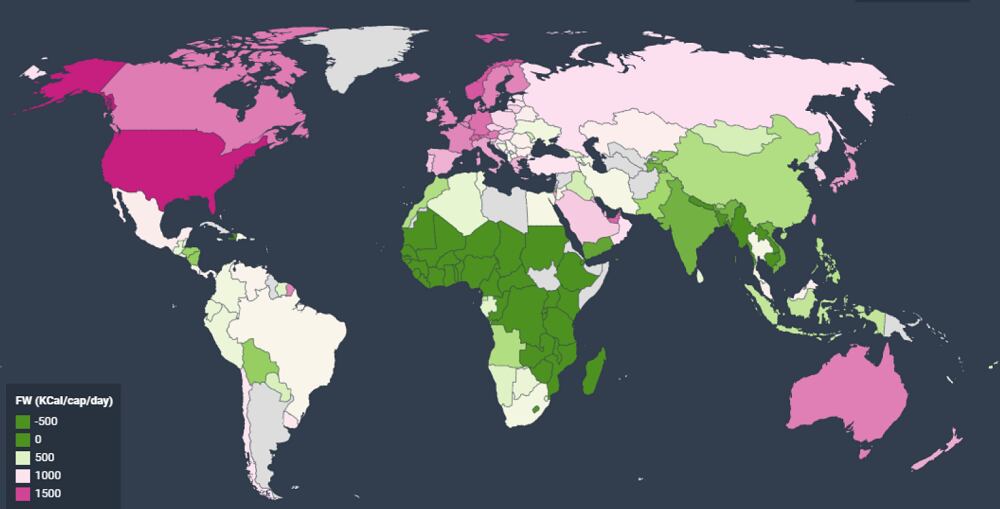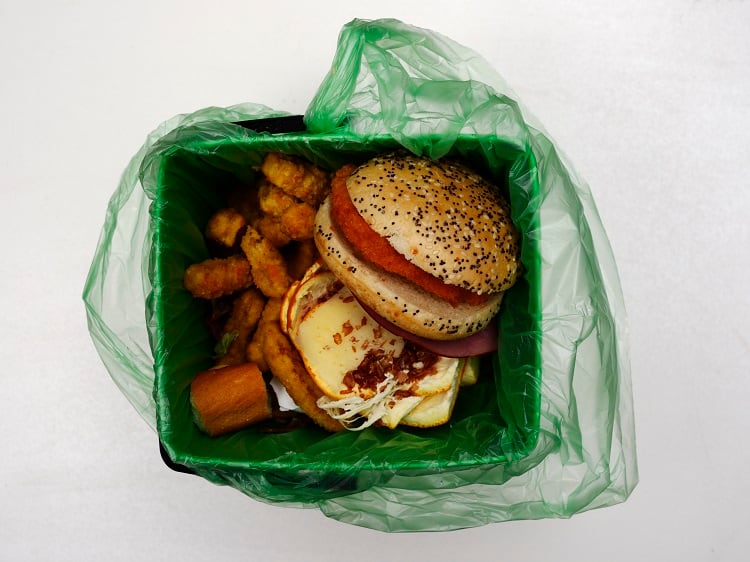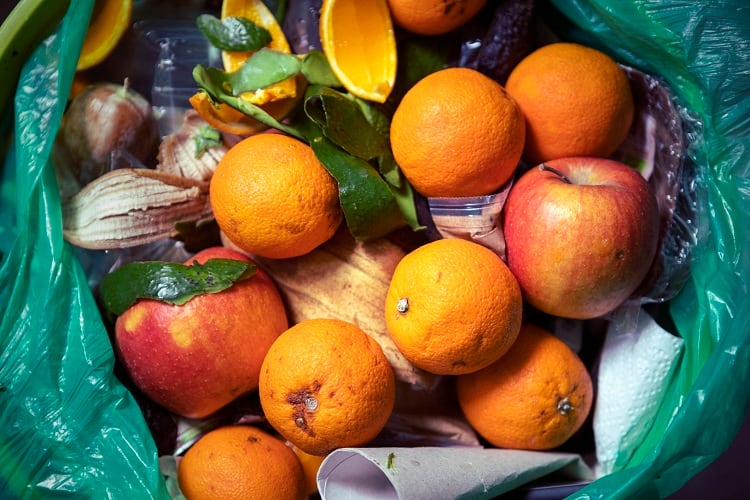The UN Food and Agriculture Organization’s (FAO) food waste estimates are well publicised: one-third of all food available for human consumption is lost or wasted.
First calculated in 2005, and published in 2007, the figure continues to serve as a reference for food waste across the supply chain.
However, according to researchers in the Netherlands, the FAO’s calculations are off – as they do not account for the effects of affluence on consumer behaviour. Consumers with more money, they say, waste more food.
How does affluence affect food waste?
In calories, the FAO’s estimate translates to 24% of calories wasted across the supply chain, with eight of that 24% wasted by consumers alone.
Yet the UN agency’s methodology – and therefore calorie translation – do not factor in consumer behaviour, according to researchers at the Netherlands’ Wageningen University and Research.
A team led by Monika van den Bos Verma has attempted to rectify this, in what it says is the first study to investigate if and how consumer wealth affects food waste behaviour.
The researchers used a human metabolism model combined with data from the FAO, the World Bank, and the World Health Organization (WHO) to quantify the relationship between food waste and consumer affluence.
The resulting dataset provided food waste estimates at both a global and country level.
Findings revealed that the calculation of 8% food wasted (in calories) by consumers is ‘too low’. According to the results, the figure could be as high as 19%.
Further, the Wageningen team found that consumer food waste starts to rise – increasing rapidly, before slowing down at higher levels of affluence – when consumer affluence reaches a spending threshold of approximately $6.70 (€6.03) per person per day.
Such findings suggest that countries on the higher end of the lower-middle income category ‘face a risk of rapid rise in their food waste’. Tackling this issue, therefore, will require reducing food waste in high-income countries, while simultaneously preventing steep rises in countries reaching the $6.70 threshold.

‘Food waste is more acceptable as a consumer behaviour now’
Aside from the researchers’ threshold calculations, lead author van den Bos Verma told FoodNavigator that society has observed a change in attitude towards food waste in the home.
“Food waste was not so much of a problem three generations ago, but it’s more acceptable as a consumer behaviour now.”
While this study ‘falls short’ on identifying these channels, van den Bos Verma suggested they ‘seem to be linked’ to rising affluence.
More affluent people spent a lot less on food than the poor, she explained. On average, for people in rich Western countries, food accounts for 10% of household budgets, whereas those living below the poverty line may spend as much as 70-80%.
“If food is so ‘inexpensive’ [for the rich], naturally [they] don’t value food as much as a poor person would – it’s not surprising therefore to find that consumers in rich countries waste more food.”
Socio-economic changes that accompany rising affluence levels may also play a role in changing consumer attitudes, she continued.
The emergence of supermarkets, for example, influences how and where consumers buy food, which van den Bos Verma said also affects whether you waste or not – and how much. “This is one factor that can still be seen, because it is currently underway in the developing world. We believe urbanisation and ensuing supply chain changes also need scrutiny in this regard.”
FAO ‘definitely’ needs to rethink calculation
The researchers believe their method could be used to better understand and assess current food waste figures, and consequently help measure global progress in reducing food waste.
Van den Bos Verma ‘definitely’ recommends the FAO rethink its methodology and calculations, we were told. And not just because of these recent findings – ‘though [they] should provide some additional motivation’ – but because the FAO’s estimates are dated, having been released over 10 years ago. “It’s time we should rethink both.”
Looking to the wider public sector, the researchers emphasise that governing bodies – whether that be cities, municipalities, or other administrative units – pay attention to sections of populations that are approaching the threshold. By doing so, the sector may have a better chance of preventing food waste from becoming a problem in the first place.
“In places where it’s already a problem, we need to make people aware of the problem, but also make it easier for them to make choices that involve not wasting food.
“This calls for a rethink of our supply chains too, because even if this waste materialises at [the] consumer [level], the incentive exists all along the chain for it to show up,” said the lead author.

The research team also supports educational campaigns at the school level, covering healthy eating, sustainable production and developing a ‘personal link’ between people and food, which van den Bos Verma said is ‘the way to go’.
“Supermarkets and stores do provide convenience, but unfortunately take this personal touch away. Knowing where your food comes from (and not just its country of origin) also seems to affect if people are more likely to throw food out.”
And the private sector?
Emphasising that her comments are to be interpreted as ‘personal views and opinions’, van den Bos Verma told this publication the private sector can also significantly contribute to the fight against food waste, and should incorporate an anti-food waste strategy in their business models.
“Currently, the majority of the private sector in the food industry seems to be focused on profits and quantity of food production, and not so much on people’s health, nor [food] quality and sustainability.
“There is existing results showing that food waste also increases as the availability of food increases.”
This issue stems since the early 20th century, she continued. “The focus since World War II has been on increasing yields and we are still talking about it. At the same time, we are seeing [environmental] problems associated with the approach we have taken to increasing yields.”
The lead author suggested that ‘really smart private businesses’ in food production should be considering these issues and developing business models in response.
“Certainly there is enough demand for such solutions that you can cover your costs and make profit. So we need a change in approach in how ag-business operates, but it takes courage and vision.”
Source: PLoS One
‘Consumers discard a lot more food than widely believed: Estimates of global food waste using an energy gap approach and affluence elasticity of food waste’
Published February 2020
DOI: https://doi.org/10.1371/journal.pone.0228369
Authors: Monika van den Bos Verma, Linda de Vreede, Thom Achterbosch, Martine M. Rutten




